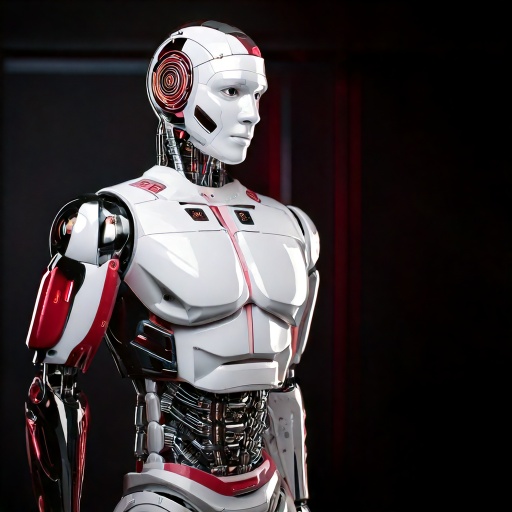Robotic Skin with Sense of Touch: How AI Employees and Non-Human Workers Are Gaining Human-Like Sensory Abilities

Revolutionizing Robotics with Sense of Touch
In June 2025, a groundbreaking advancement was reported in the field of robotics: researchers have developed robotic skin capable of sensing touch with unprecedented sensitivity. This innovation marks a significant leap toward enabling AI Employees and Non-Human Workers to interact with their environment in ways similar to humans. Unlike traditional robots that rely on cameras and motion sensors, these new “skin” sensors provide tactile feedback, allowing machines to feel pressure, texture, and temperature. This development opens new possibilities for industries relying on robotic assistance, especially where delicate or complex handling is required.
Why This Matters: Enhancing AI Employees’ Capabilities
The introduction of robotic skin changes the landscape for Voice AI Agents and other automated workers. With a tactile sense, AI Employees can perform tasks that demand precision and care, such as assembling fragile components, assisting in medical procedures, or handling food products safely. This technology reduces the margin of error and improves operational efficiency. Moreover, the tactile feedback system mimics human touch, making interactions between humans and machines smoother and more intuitive. This is crucial as more companies integrate AI Employees alongside human staff, aiming for seamless cooperation in workplaces.

Real-World Applications and Future Prospects
This robotic skin technology is already showing promise in various sectors. For example, manufacturing plants can deploy Non-Human Workers equipped with touch-sensitive skin to manage quality control more effectively. Similarly, healthcare robots can better assist patients by responding to gentle contact cues, enhancing patient comfort and safety. Looking ahead, combining tactile sensing with Voice AI Agents could revolutionize customer service robots, enabling them to respond empathetically and physically to human needs. The fusion of touch and voice in AI Employees is a step toward more human-like, adaptable machines.
Key Highlights:
- In June 2025, robotic skin with advanced tactile sensing was developed, enabling AI Employees to “feel” touch, pressure, and temperature.
- This innovation allows Non-Human Workers to perform delicate tasks with improved precision and safety.
- Voice AI Agents combined with tactile sensing could improve human-machine interaction, making it more natural and responsive.
- Industries such as manufacturing and healthcare stand to benefit significantly from robots with a sense of touch.
Reference:


